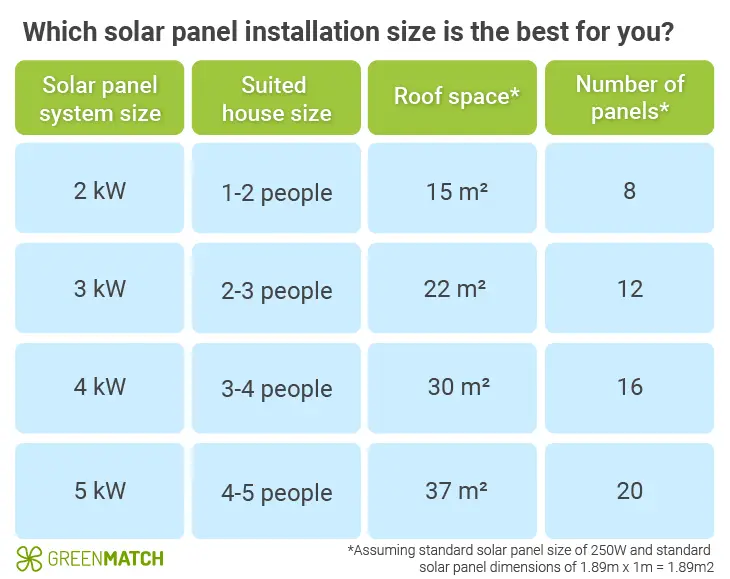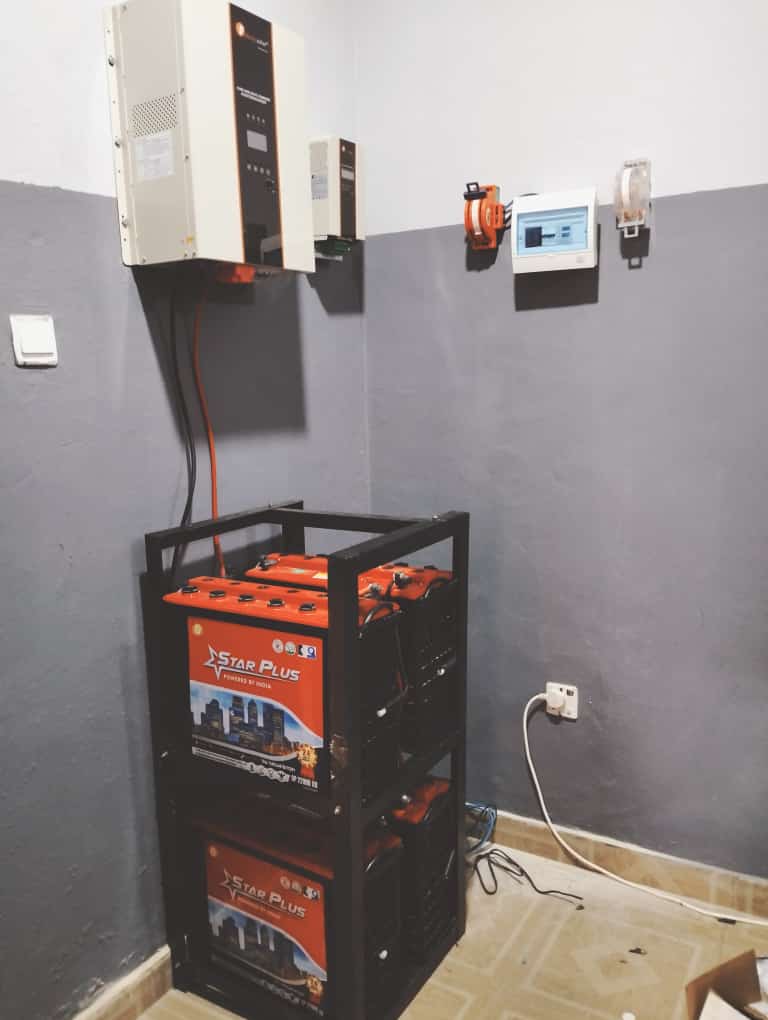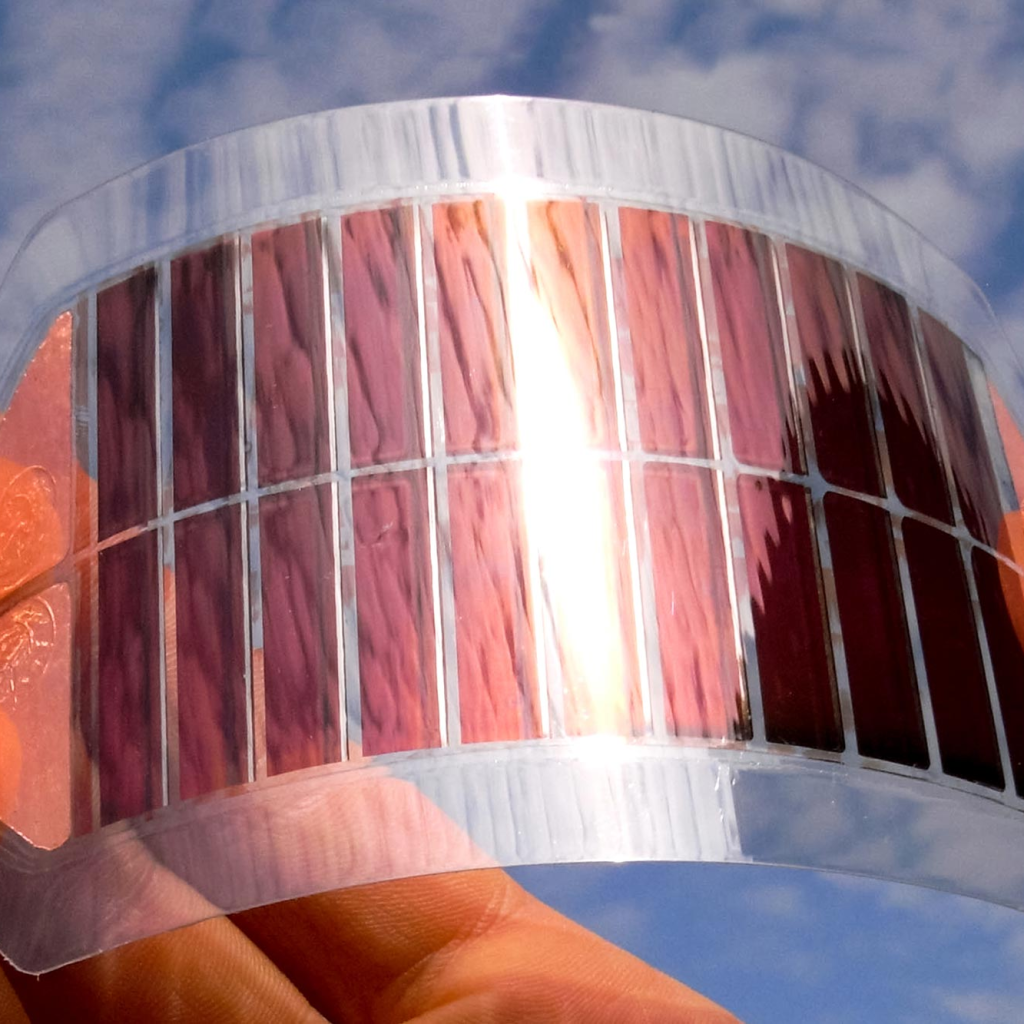Introduction: Ready to Go Solar?
Thinking about installing solar panels? Awesome choice. But before you dive into the world of clean energy, there’s one crucial step: figuring out the right solar system size for your home. Trust me, it’s not as complicated as it sounds. Grab a coffee, and let’s break it down together!
The Russian Revolution’s Impact on Global Art and Literature
Why Solar System Sizing Matters
Imagine buying shoes without knowing your size. Ouch, right? The same goes for solar panels. Too small, and you’re still paying big electric bills. Too big, and you’re wasting money. Let’s get it just right.
Step 1: Understand Your Energy Needs
First things first, how much power do you use?
Pro Tip: Check your electricity bill. Look for your average kWh usage per month.
Step 2: Know Your Peak Sun Hours
Sunlight is your fuel.
Peak Sun Hours = the hours when sunlight is strong enough to generate power effectively.
Different places get different sun hours. Florida? Tons. Seattle? Not so much.
Step 3: Basic Formula to Calculate Solar Size
Here’s the magic formula:
Solar System Size (kW) = (Monthly kWh Usage ÷ 30) ÷ Peak Sun Hours
Sounds nerdy? Let’s make it real simple with an example below.
Example: Real-Life Solar Size Calculation
Let’s say you use 900 kWh a month and you get 5 sun hours daily:
(900 ÷ 30) ÷ 5 = 6 kW
Boom! You need a 6-kilowatt solar system.
Step 4: Account for Energy Efficiency
Are you planning to get a new energy-hogging appliance? Or making your home more energy efficient? Adjust your solar size accordingly!
Step 5: Think About Future Needs
Planning to buy an EV?
Adding a pool?
Future-proof your system by sizing a bit larger than today’s needs.
Step 6: Consider System Losses
Sadly, no system is 100% efficient. Losses from shading, wiring, and weather happen. Experts recommend adding 10-20% extra to your calculated size to be safe.
Step 7: Choose Between Grid-Tied or Off-Grid
- Grid-tied systems are smaller since you have backup from the grid.
- Off-grid systems need to be bigger (and include batteries) to store extra energy.
Step 8: Panel Efficiency and Wattage
Not all panels are created equal.
High-efficiency panels = fewer panels needed.
Low-efficiency panels = more roof space needed.
Step 9: Roof Space Check
Got enough roof real estate?
A 6kW system typically needs about 350–400 square feet.
Flat roof, angled roof these factors tweak the setup a bit too.
Step 10: Don’t Forget Local Regulations
Some places have rules on how big your system can be. Always check with your local permitting office before going solar wild!
Step 11: Get Multiple Quotes
Talk to several installers. Each one might suggest slightly different sizing based on their technology and experience.
Step 12: Use Online Calculators (With Caution)
Online solar calculators are fun to play with, but they’re not perfect. Always double-check with a pro.
Conclusion: Shine Bright with the Perfect Solar Size
Now you know: calculating your solar system size isn’t rocket science. It’s a bit of math, a pinch of planning, and a sprinkle of future-thinking. Whether you want to cut your bills or save the planet (or both!), the right solar setup is just a few steps away.
Ready to harness the sun? Let’s get you powered up.
FAQs: How to Calculate the Right Solar System Size for Your Home
1. How much solar power do I need for a 3-bedroom house?
It depends on your energy use, but typically between 5kW to 8kW is enough.
2. Does the number of solar panels matter or just the system size?
Both matter! The system size tells you how much energy you’ll generate. The number of panels depends on each panel’s wattage.
3. Can I install a system larger than my needs?
Yes, but local rules or utility companies may limit how much you can feed back into the grid.
4. How do seasons affect solar sizing?
Winter = fewer sun hours. Good installers consider year-round averages when sizing systems.
5. What if my roof doesn’t get enough sunlight?
You might need ground-mounted panels or special solutions like solar trackers.


